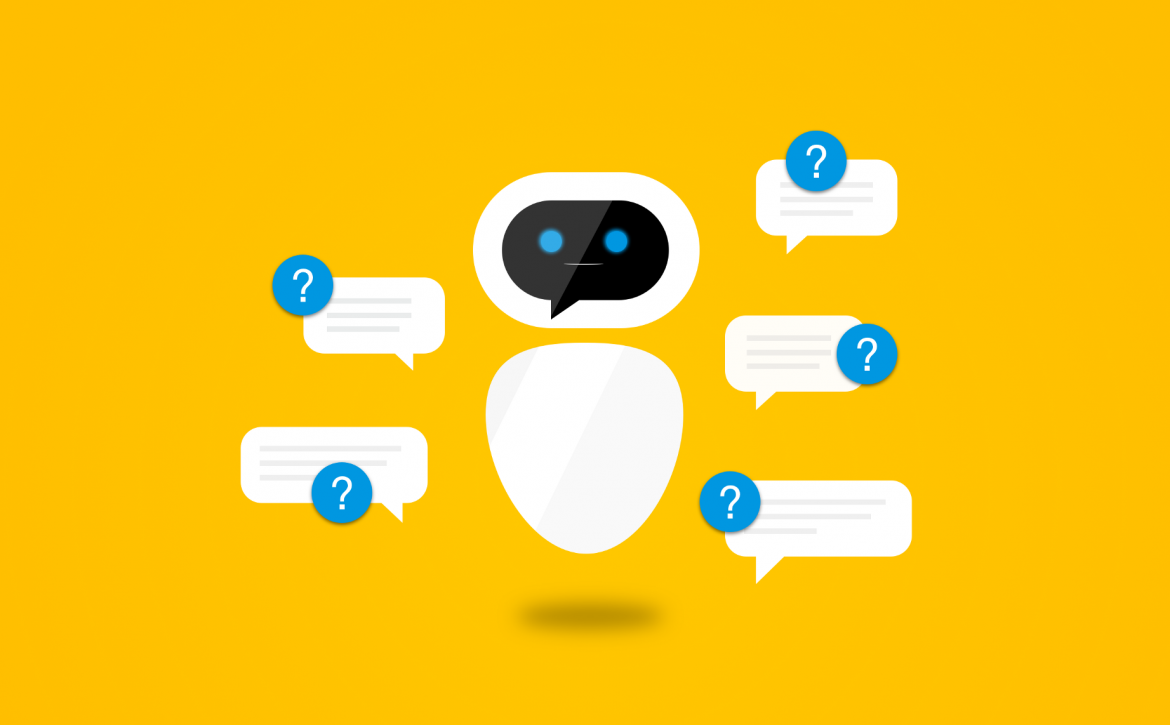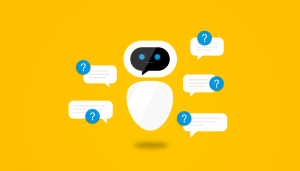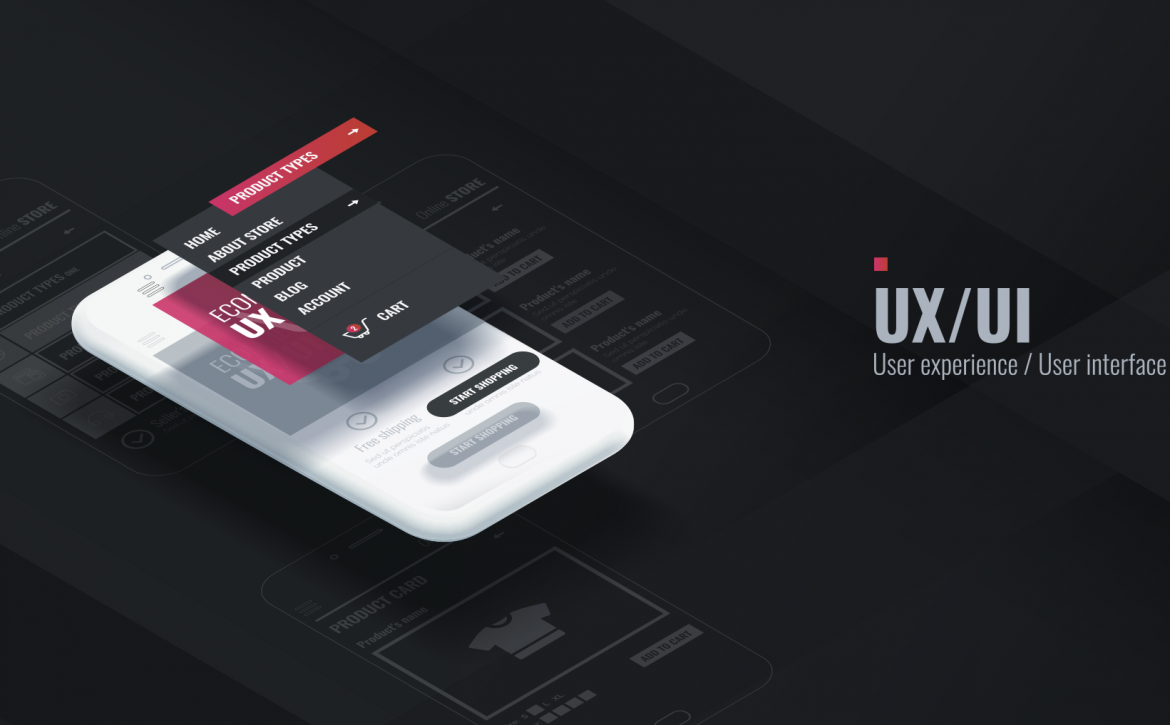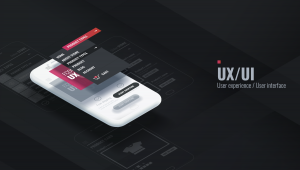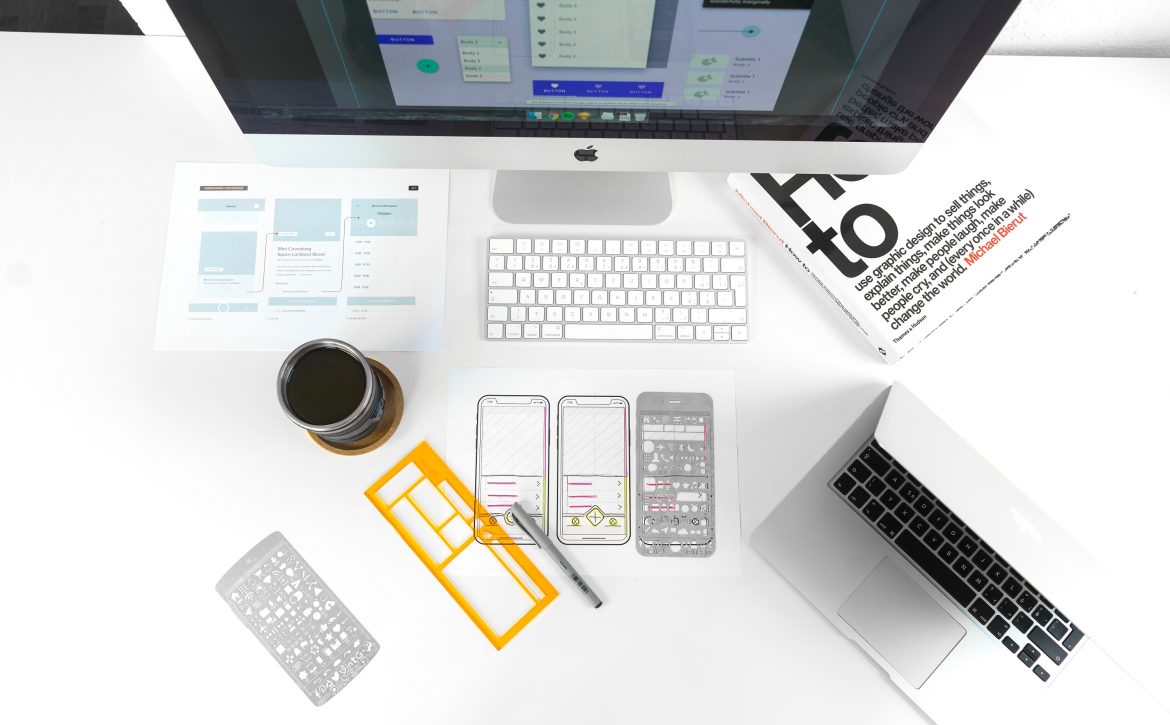Customized UI frameworks offer a bunch of benefits over ready-to-use frameworks, which have influenced many companies to switch to customized solutions. Both ready-to-use and customized frameworks provide their set of advantages and drawbacks, and it all boils down to your business objectives and challenges. Let’s dive into the comparison between these two types of frameworks, along with some tips to create a custom UI framework in JavaScript.
UI Frameworks: An Overview
UI framework refers to a software suite that provides the users with APIs to build new UI components or customize the existing ones. A framework, in general, is a platform for developing applications. UI framework is used to speed up the development process of a front-end application. It enables the developers to develop stunning, responsive and unique multi-device applications without having in-depth design, development, and technical skills.
UI frameworks are entirely based on web standards, like CSS, HTML5, and JavaScript. For example, Twitter created a custom UI framework of Bootstrap Framework, which is an open-source, free-to-use, responsive, compatible, and customizable. UI frameworks are typically categorized into:
- Ready-to-use UI Framework
- Customized UI Framework
Both have discreet advantages and disadvantages — ready-to-use frameworks are easy-to-use and stable but consist of limitations and lack of control, whereas, customized frameworks offer optimization and full control but require time and expertise and need frequent updates and bug fixes. But, the comparison between the two goes way beyond these factors; thus, let’s discuss the difference between ready-to-use and front-end solutions in detail.

Front-end Frameworks: Custom vs. Ready-to-use Solutions
Ready-to-Use Solutions Advantages
One of the primary reasons people prefer sticking to ready-to-use solutions is its simplicity and functionality. Let’s look at some of the significant benefits of these types of frameworks.
Plug-and-play functionality: In ready-to-use frameworks, all you need to do is type some markup and you will get a functional code without bothering about factors like dynamic behavior and styling.
Stable and well-tested code: When you download a ready-to-use framework package, you can be rest assured that the code is stable and well tested. Thus, your website or application will perform well on all the platforms and browsers supported by the particular framework.
Regular updates: Another significant advantage of ready-to-use frameworks that makes it a go-to choice for most developers is the frequent updates, new features, and bug fixes it receives.
More significant Community: Ready-to-use frameworks usually have a large community, which you can rely on in times of troubles and doubts. These communities readily provide articles, tutorials, FAQs, add-ons, and extensions for framework learning and website & app development process.
Ready-to-Use Solutions Disadvantages
The advantages of ready-to-use frameworks look appealing, and you might be on the verge of downloading one for your next development task. But, hold on for a second, as it offers some drawbacks as well, which you cannot look beyond. Here are a few disadvantages of using a ready-to-use framework.
You still need to learn: Although these frameworks don’t require a lot of technical expertise, you still need to invest time and effort to learn to use it to make the most out of the plug-and-play functionality.
Excess of code: Ready-to-use frameworks are developed for a large segment of users; thus, it attempts to provide functionality for all kinds of developers. It might sound good on the surface, but this one-for-all approach results in a lot of unnecessary code, which might be a burden to use.
You will need to modify it: Since it is made for a large number of consumers, it comes with a standard set of features, which, in its general form, might not be able to cater to your requirements. Therefore, you will need to tweak a ready-to-use framework to make it functional, which will take additional time and effort.
Standard-looking websites: If you are not able to tweak the framework and stick with the general one, your site will look generic like every other website made using that framework. The look and feel of your website play a vital role in attracting visitors, and having a dull site will damage the reputation and image of your brand.
Third-party integrations: Since these types of frameworks have limited functionality and usable components, you will need to add third-party integrations.
You can’t change the code: The primary disadvantage of ready-to-use solutions is the limitations you have while using it. If you want to use a component of the framework, but the development team decides to remove it, you cannot do anything but accept the change.
Customized UI Frameworks Advantages
Custom solutions provide seamless functionality and accessibility. More in-detail benefits are discussed below.
Less time and effort required: When you develop a custom framework, you do so as per your objectives and long-term requirements, which helps to save a substantial amount of time and effort in the future.
Control over the code: Since you have made the framework, you have full control over its code and design implementation; thus, no features will be removed until you remove them yourself.
Uniqueness: Customized solutions allow you to give your website a unique touch, which makes your site look more attractive and responsive.
Customized UI Frameworks Disadvantages
Apart from a plethora of advantages, custom solutions offer a few drawbacks as well, as discussed below.
Time and effort: You will need to put in time and effort in the early stages of requirement; however, after the framework is ready, you will save a significant amount of time and resources.
Testing and maintenance: For the browsers you are targeting, you will need to test and maintain the code regularly.
You are responsible for bug fixes and updates: Since you have made the framework, you will be responsible for all the updates, bug fixes, and new features you want to add to the framework.
The Best Solution
So, as you can see that both types of frameworks offer their set of benefits and drawbacks, and for a beginner developer, making the right call can be a tedious task. However, there is a third solution as well, which many refer to as a semi-custom solution. It can be achieved by performing customizations on ready-to-use solutions like Bootstrap.
Best practice to create Custom UI framework in JavaScript
Creating frameworks can take a lot of time and effort; therefore, make sure you do it rightly and smartly. Here are a few practices you should keep in mind when creating a custom UI framework in JavaScript.
Don’t create a framework similar to an existing one: Many developers do this — just because they don’t want to use a ready-to-use framework, they create a new one with the exact same features and functionalities. There are already a lot of excellent frameworks available, and if you create one that does the exact same thing that any other framework does, you have done nothing but wasted your time and effort. Therefore, take the matter in your own hands only if you feel no other framework out there caters to your requirements.
Make sure you are solving a problem: You can consider this point as an extension of the above point. Every good framework is created under the shadow of a problem, and if you are contemplating designing a custom framework, make sure it helps people overcome some common challenges. You can either create a solution that no one is talking about or create a better version of an existing framework that is in demand. A few common examples of frameworks that solve problems are:
- jQuery: provides seamless selection and manipulation of DOM
- Modernizr: helps effortless identification of features a browser supports
If you know what your framework is all about, you can make it worth it.
Don’t rewrite: If you feel you can solve a problem better than some other framework, make sure you don’t end up rewriting it but entirely modify it to cater to your requirements.
Chase Stability: Unless you are creating a custom framework targeted to cater to highly specific requirements, don’t play around with the code. Avoid experimenting and making the code unstable as it will slow down your framework along with making it incompatible with previous browsers. Instead, keep it simple and straightforward.
Make it open-source: Making your source openly available is a great idea — giants like Google have invested years in creating open-source frameworks like AngularJS. Making your framework open-source will help you gain the attention of fellow developers that are willing to contribute to your project. This, in turn, will enable you to speed up your development process, along with making the final product better and bug-free.
Wrapping It Up
Customized UI frameworks offer excellent functionality and flexibility to develop websites and web applications, whereas ready-to-use solutions offer stability and uniformity. Selecting the best among the two can be a challenging thing to do, and you should make a call depending upon your capabilities and requirements. If you feel you are capable of creating a custom solution and you think it is worth making a new one, go for it; if not, stick to ready-to-use frameworks.
To create custom UI frameworks for your business, get in touch with us at [email protected] or visit us at www.goodworklabs.com.







